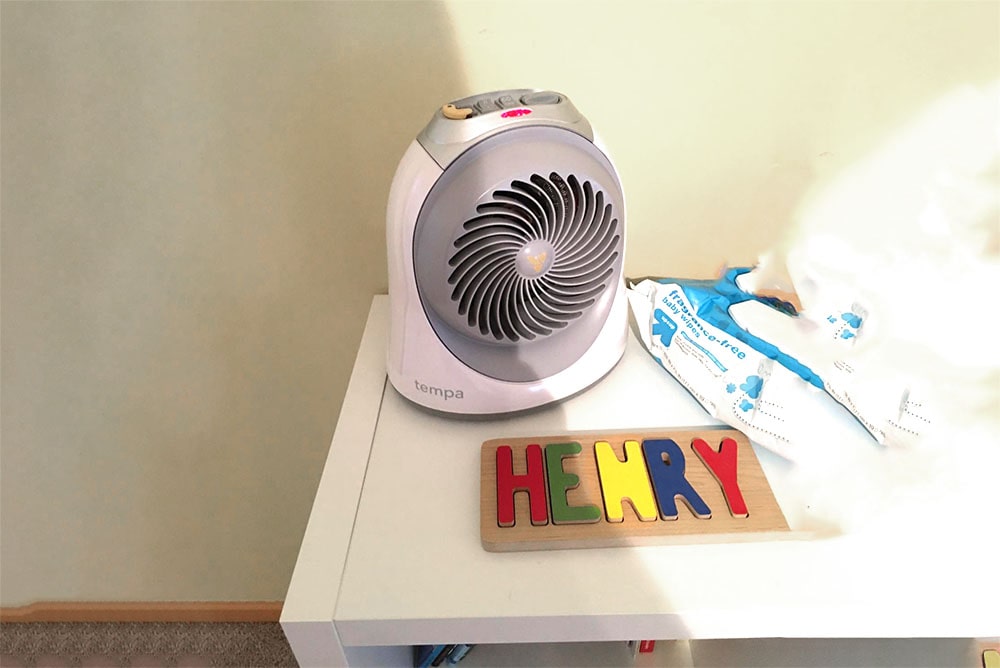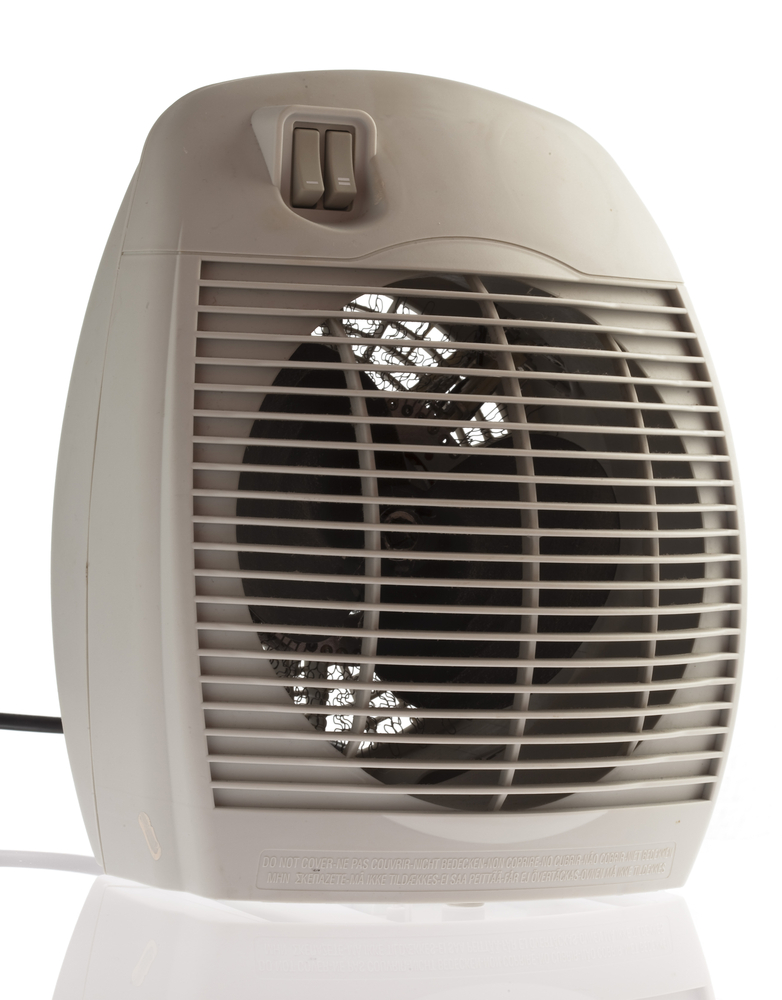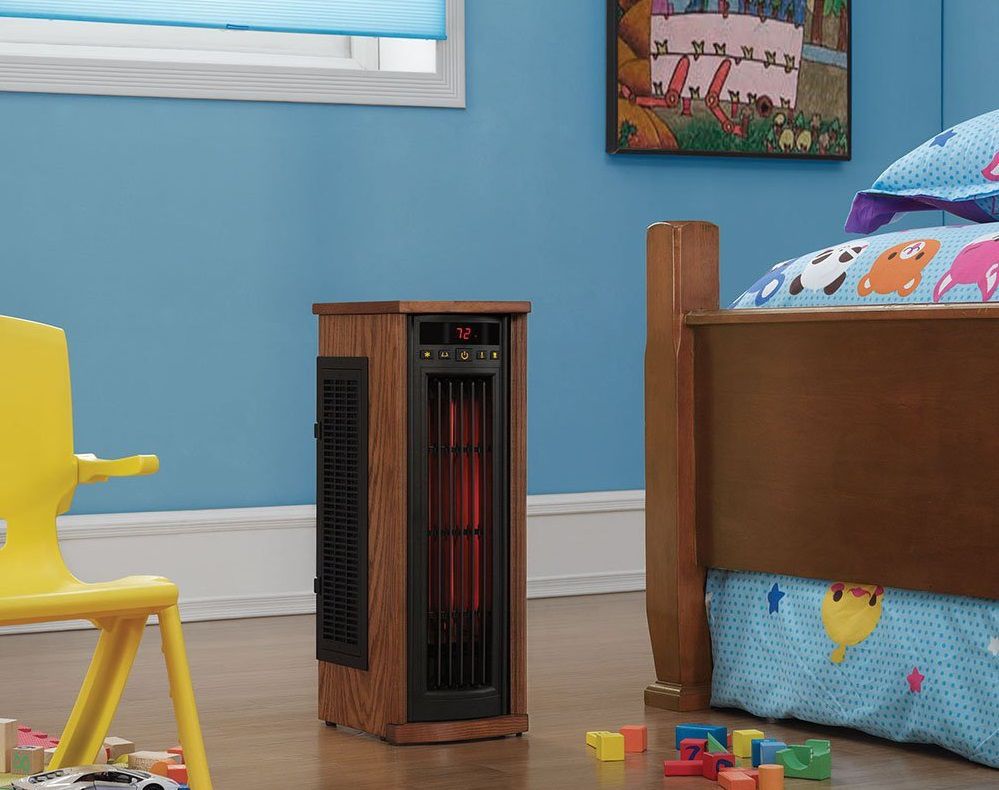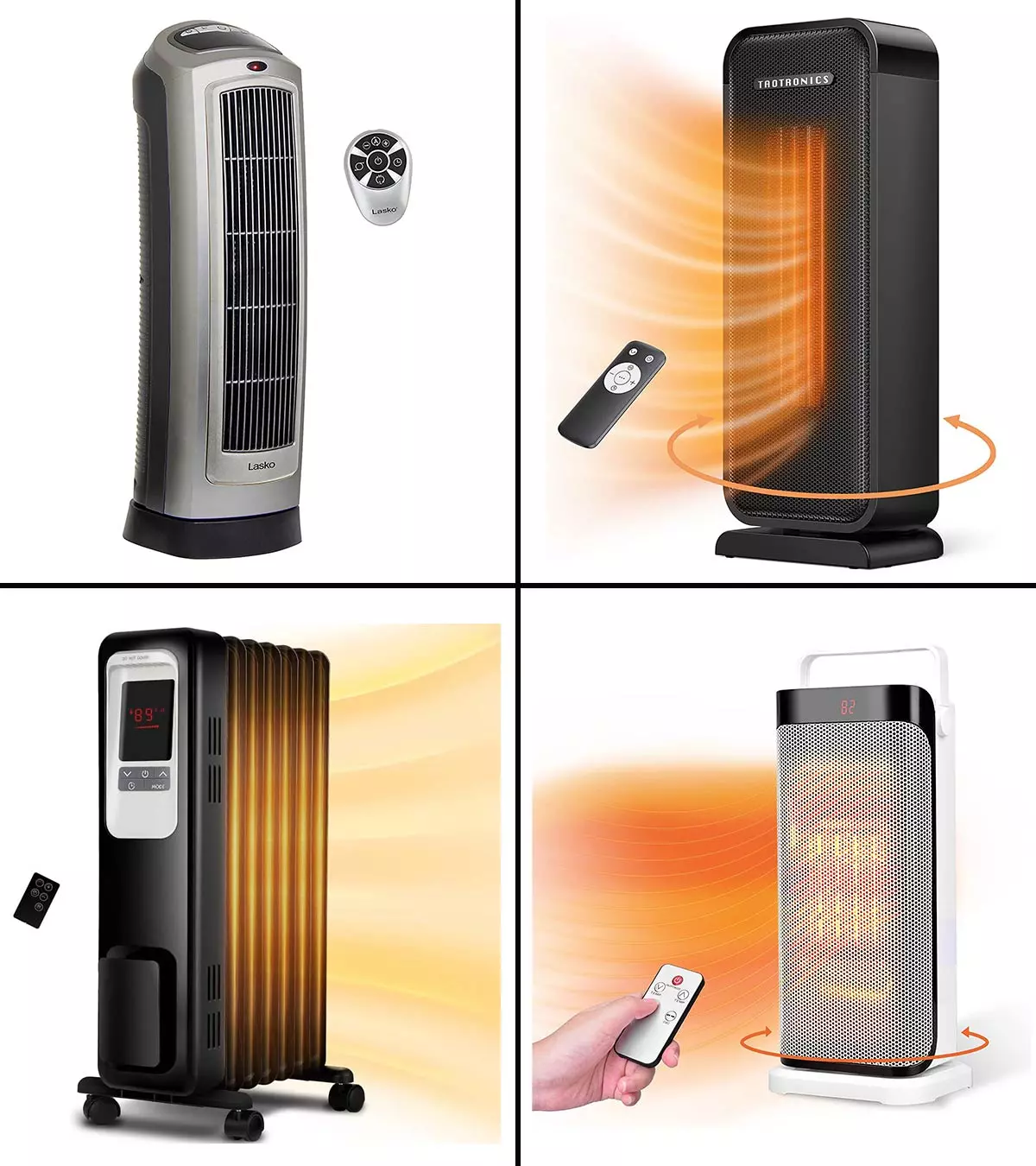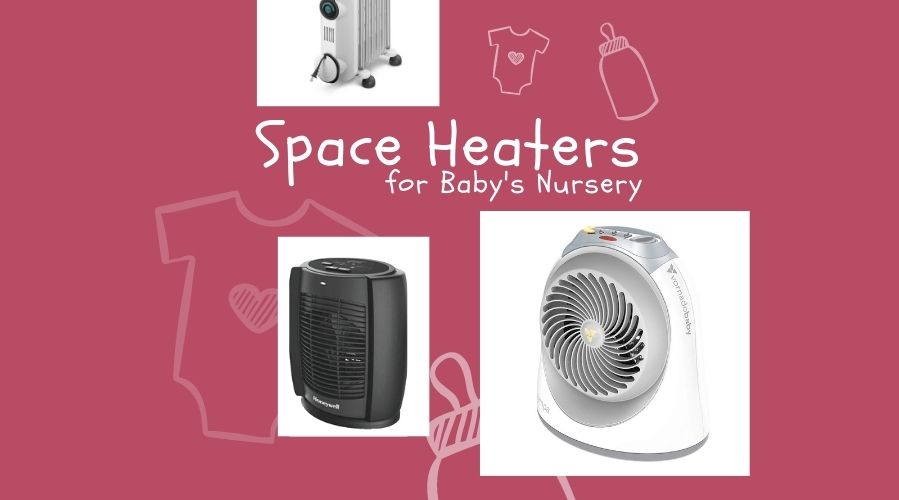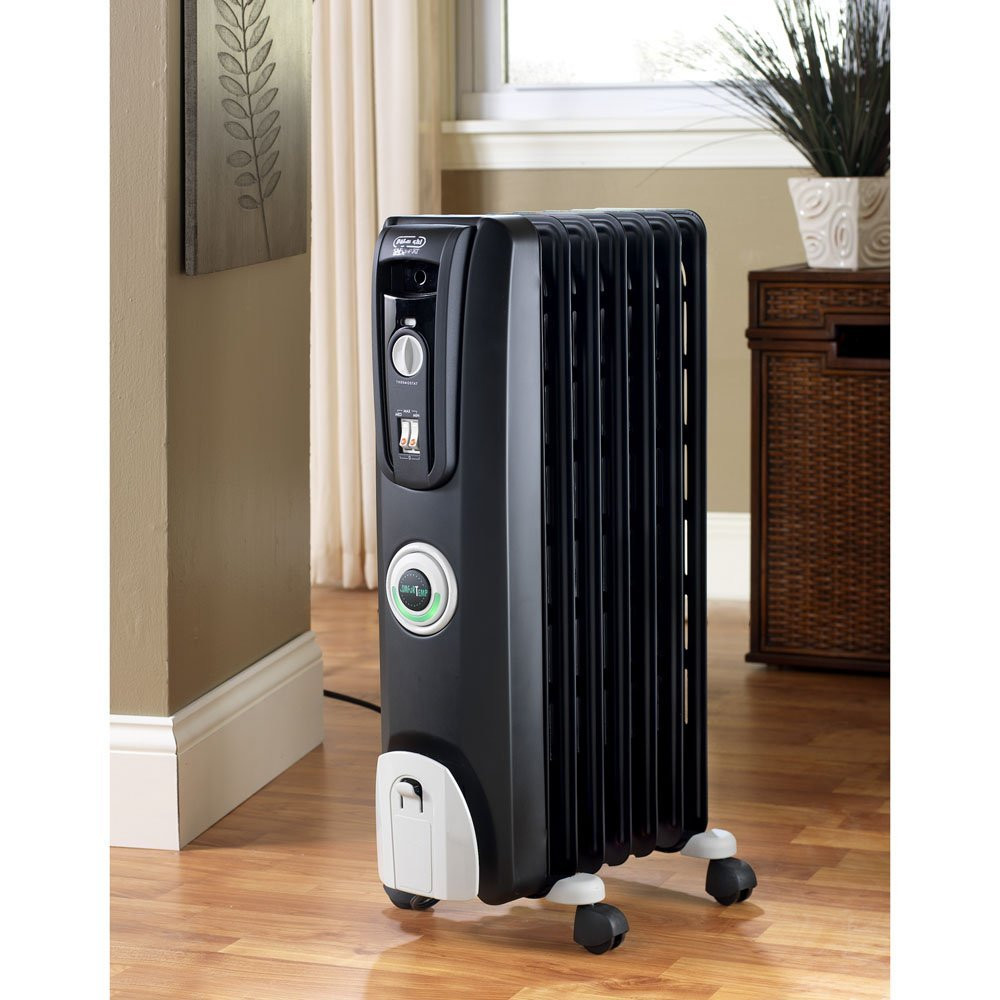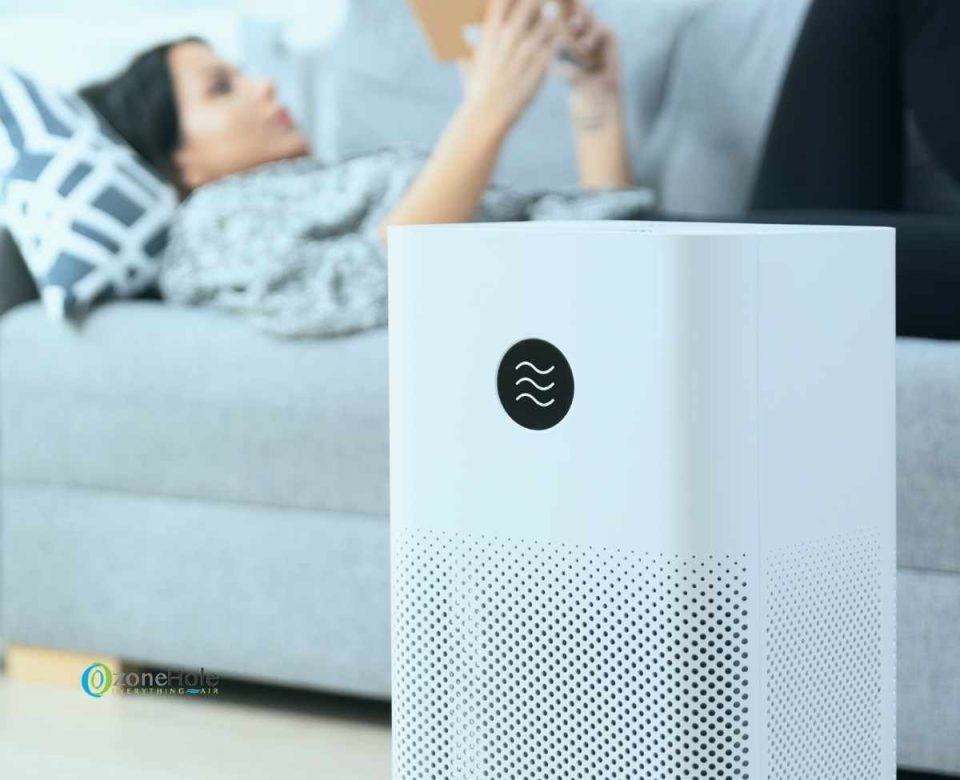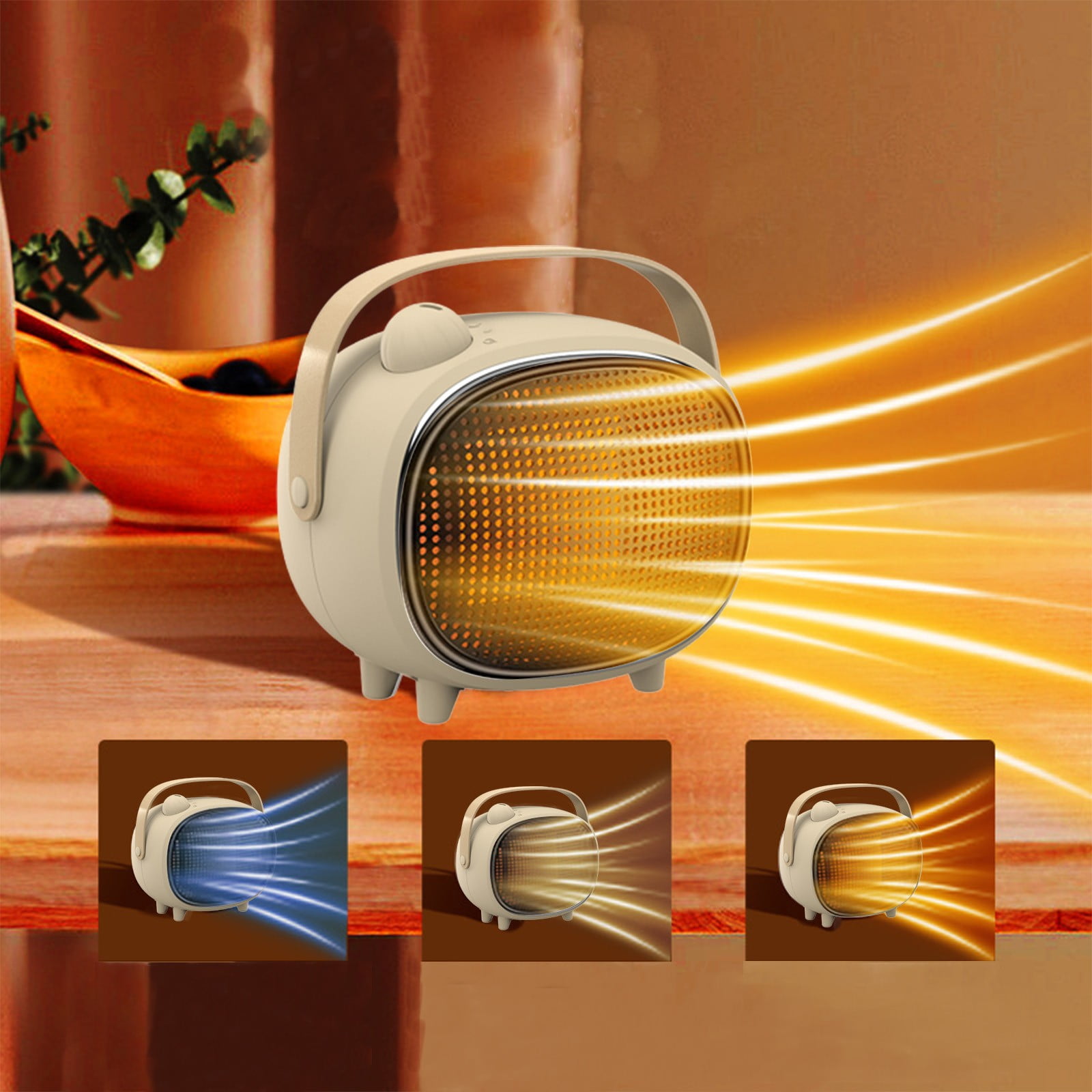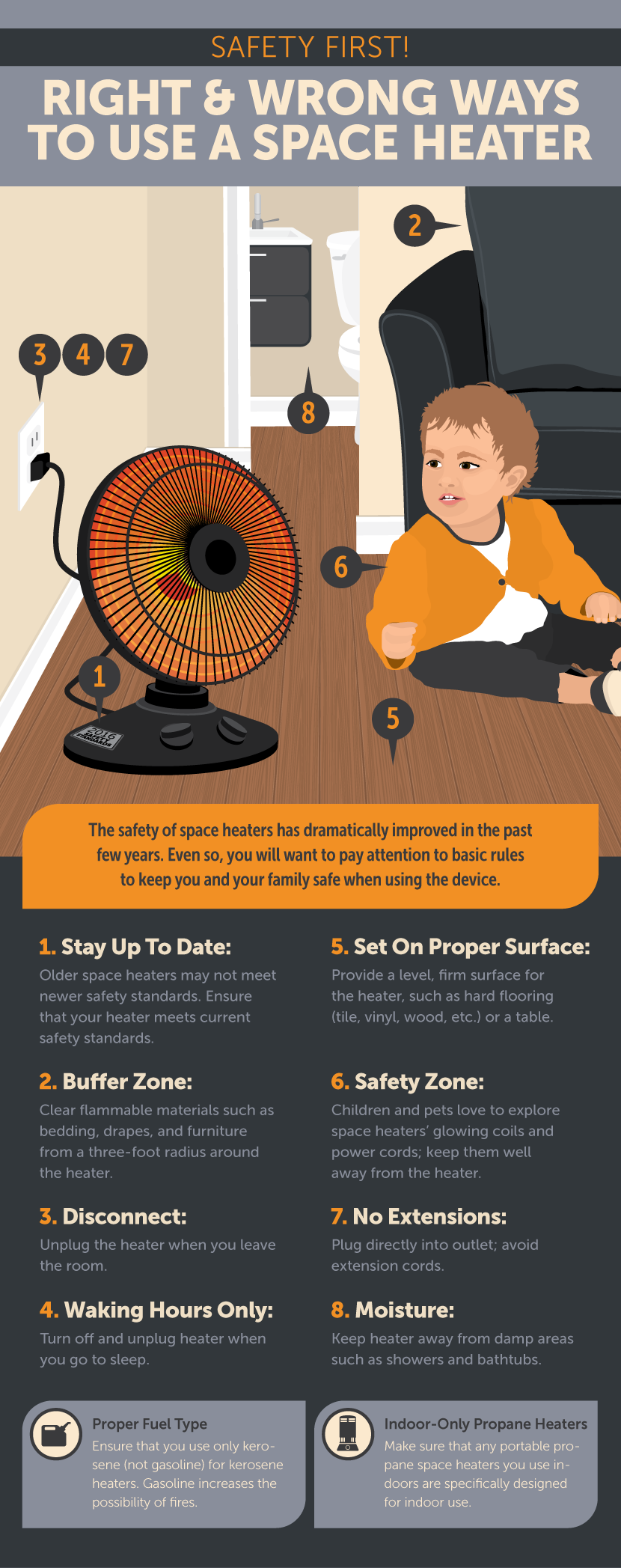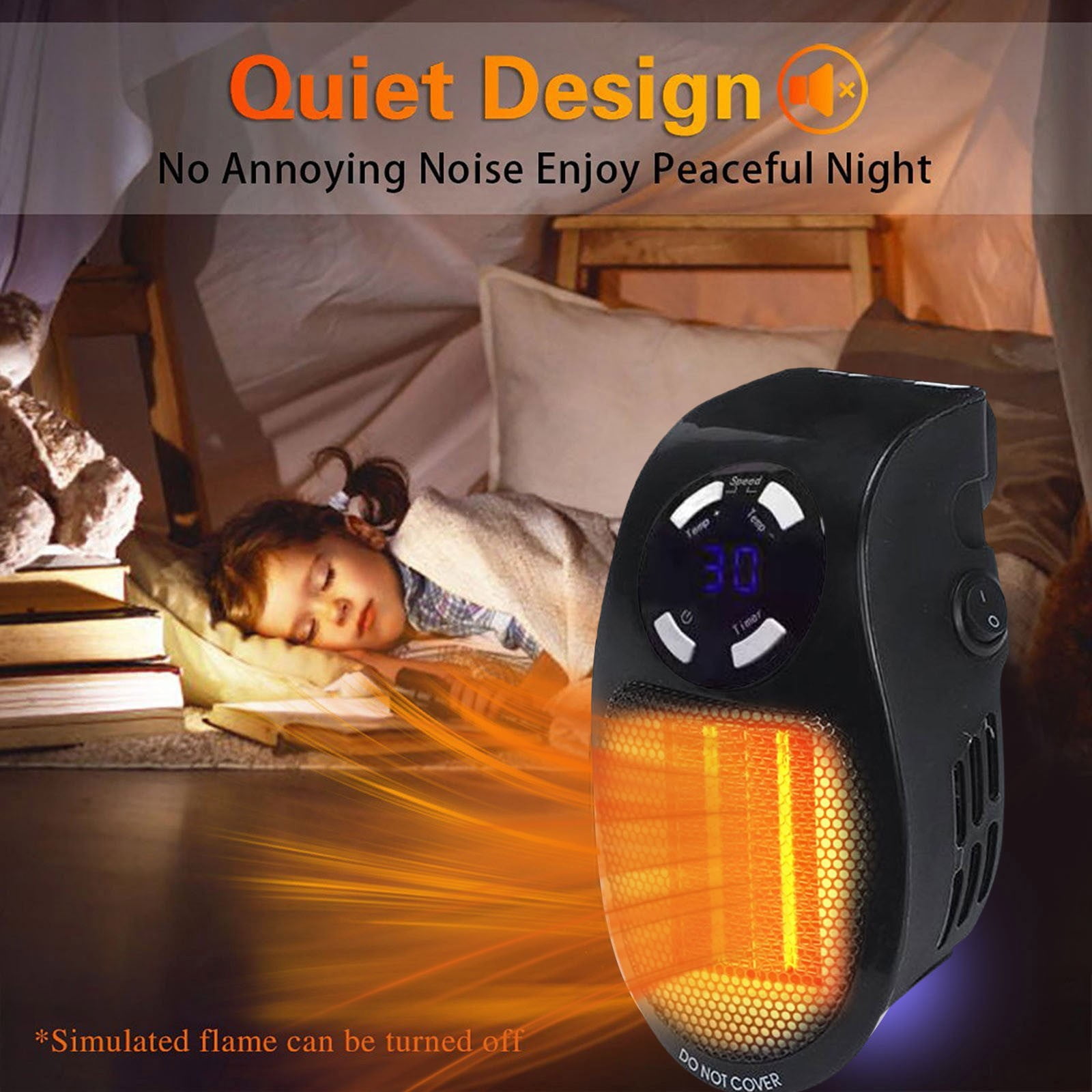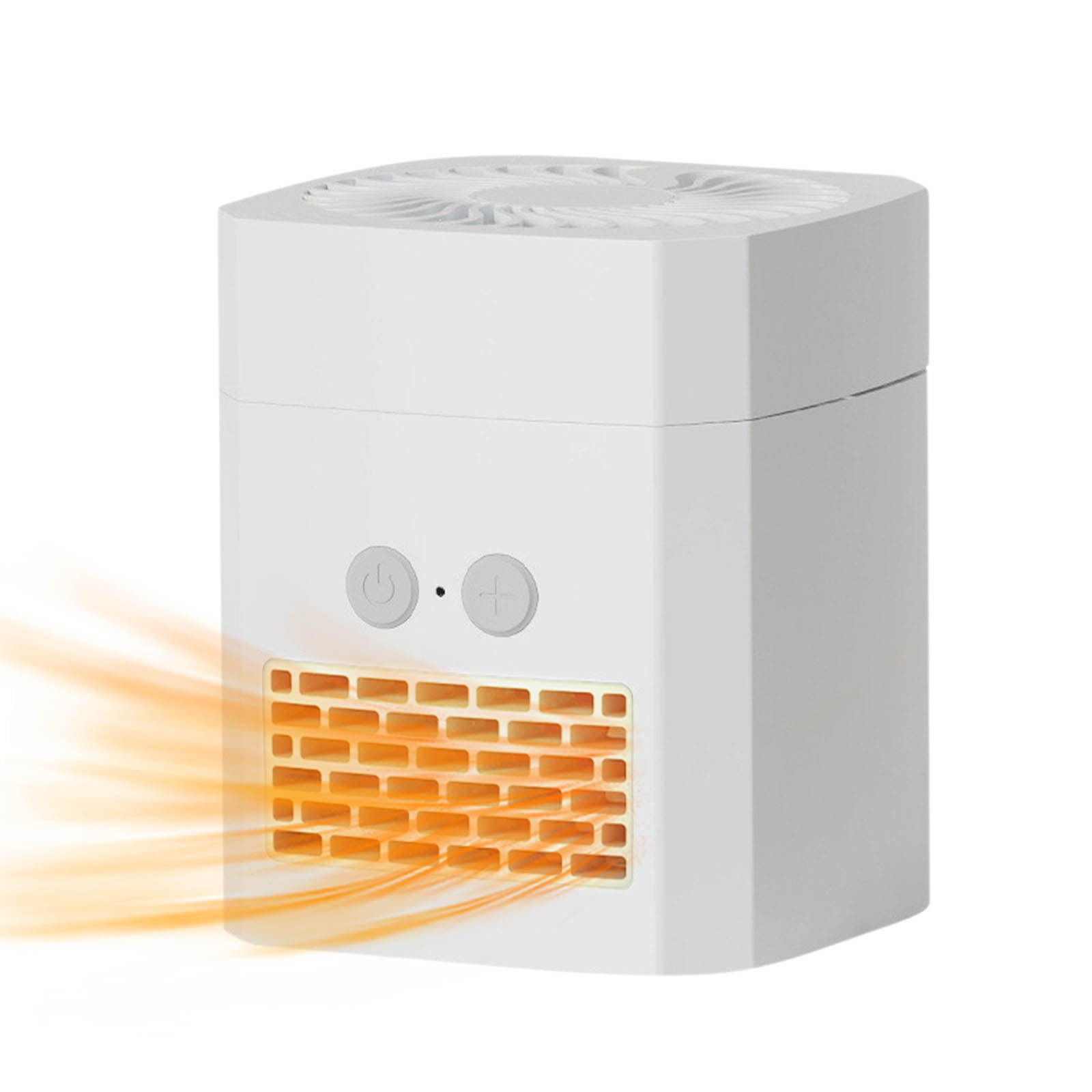Safe Space Heater For Kids Room

As winter descends and temperatures plummet, parents often seek ways to ensure their children's rooms remain warm and comfortable. However, the use of space heaters, while seemingly convenient, presents significant safety concerns, especially in environments where children are present.
This has led to increased scrutiny and demand for safe space heater options designed specifically for use in children's rooms. Manufacturers are responding with models incorporating enhanced safety features and innovative technologies, aiming to mitigate the risks associated with traditional space heaters.
Understanding the Risks
Space heaters are a leading cause of home fires, according to the National Fire Protection Association (NFPA). Between 2016 and 2020, space heaters were involved in an estimated 44% of home heating fires. These fires resulted in significant property damage, injuries, and even fatalities.
The Consumer Product Safety Commission (CPSC) estimates that more than 1,700 residential fires are attributed to space heaters every year. These fires result in approximately 80 deaths and 160 injuries annually.
Beyond the risk of fire, space heaters can also pose burn hazards, especially to young children. The surfaces of some models can become extremely hot, leading to accidental contact burns. Additionally, the potential for electrical shock exists if the heater is damaged or used improperly.
Key Safety Features in Child-Friendly Space Heaters
Recognizing these dangers, manufacturers have incorporated a range of safety features into space heaters designed for use in children’s rooms. These features aim to minimize the risk of fire, burns, and electrical shock. Here are some key elements:
Tip-Over Protection
Tip-over protection is arguably one of the most crucial safety features. This mechanism automatically shuts off the heater if it is accidentally knocked over or tilted at an unsafe angle. This prevents the heater from continuing to operate while lying on a flammable surface, significantly reducing the risk of fire.
Overheat Protection
Overheat protection is another essential feature. It works by automatically shutting off the heater if it detects that the internal components are becoming too hot. This prevents the heater from overheating and potentially igniting nearby materials.
Cool-Touch Housing
Many child-friendly space heaters feature a cool-touch housing. This design ensures that the exterior surfaces of the heater remain relatively cool to the touch, even during operation. This minimizes the risk of accidental burns if a child comes into contact with the heater.
Automatic Shut-Off Timer
An automatic shut-off timer allows parents to set the heater to operate for a specific period and then automatically turn off. This prevents the heater from running unattended for extended periods, reducing the risk of overheating or fire.
Remote Control with Child Lock
Some advanced models include a remote control with a child lock feature. This prevents children from tampering with the heater's settings and accidentally increasing the temperature or turning it on or off.
Types of Safe Space Heaters
Several types of space heaters are considered safer for use in children's rooms due to their design and technology. These include radiant heaters, oil-filled radiators, and ceramic heaters.
Radiant heaters warm objects directly in their path, rather than heating the air. Some models have safety features like tip-over and overheat protection, making them a safer option. However, it’s crucial to maintain a safe distance between the heater and any flammable materials or children.
Oil-filled radiators are generally considered safer because the heating element is enclosed within the unit. They provide consistent and even heat distribution and often include safety features such as tip-over and overheat protection.
Ceramic heaters use ceramic plates to heat the air, and they often have cool-touch housings. These heaters are lightweight and portable, making them a convenient option for heating small spaces. They also typically include tip-over and overheat protection.
Expert Recommendations and Best Practices
Beyond selecting a safe space heater, proper usage and placement are paramount. The CPSC recommends keeping space heaters at least three feet away from anything that can burn, including bedding, curtains, and furniture. Always place the heater on a flat, stable surface to prevent it from tipping over.
Never leave a space heater unattended, especially in a child's room. Turn it off before leaving the room or going to sleep. Also, it is recommended to plug space heaters directly into a wall outlet and avoid using extension cords, which can overheat and pose a fire hazard.
Regularly inspect the space heater for any signs of damage, such as frayed cords or loose connections. If you notice any damage, discontinue use immediately and have it repaired by a qualified technician or replace it. Smoke detectors should be installed and tested regularly in every room, including children's bedrooms.
The Human Element: A Parent's Perspective
"As a parent, the safety of my children is my top priority," says Sarah Miller, a mother of two young children. "I used to rely on a traditional space heater to keep my daughter's room warm, but after learning about the potential risks, I switched to a model with tip-over and overheat protection. It gives me so much peace of mind knowing that she's safe and warm."
Looking Ahead
The demand for safer space heater technology is expected to continue to grow as consumers become increasingly aware of the potential risks associated with traditional models. Manufacturers are likely to continue innovating and developing new safety features and technologies to meet this demand.
Government agencies and consumer safety organizations are also playing a crucial role in promoting awareness and setting safety standards for space heaters. The CPSC regularly issues safety alerts and guidelines to help consumers make informed decisions when purchasing and using space heaters.
Ultimately, choosing a safe space heater for a child's room requires careful consideration and attention to detail. By understanding the risks, selecting a model with appropriate safety features, and following expert recommendations, parents can create a warm and comfortable environment while minimizing the potential for accidents and injuries.
